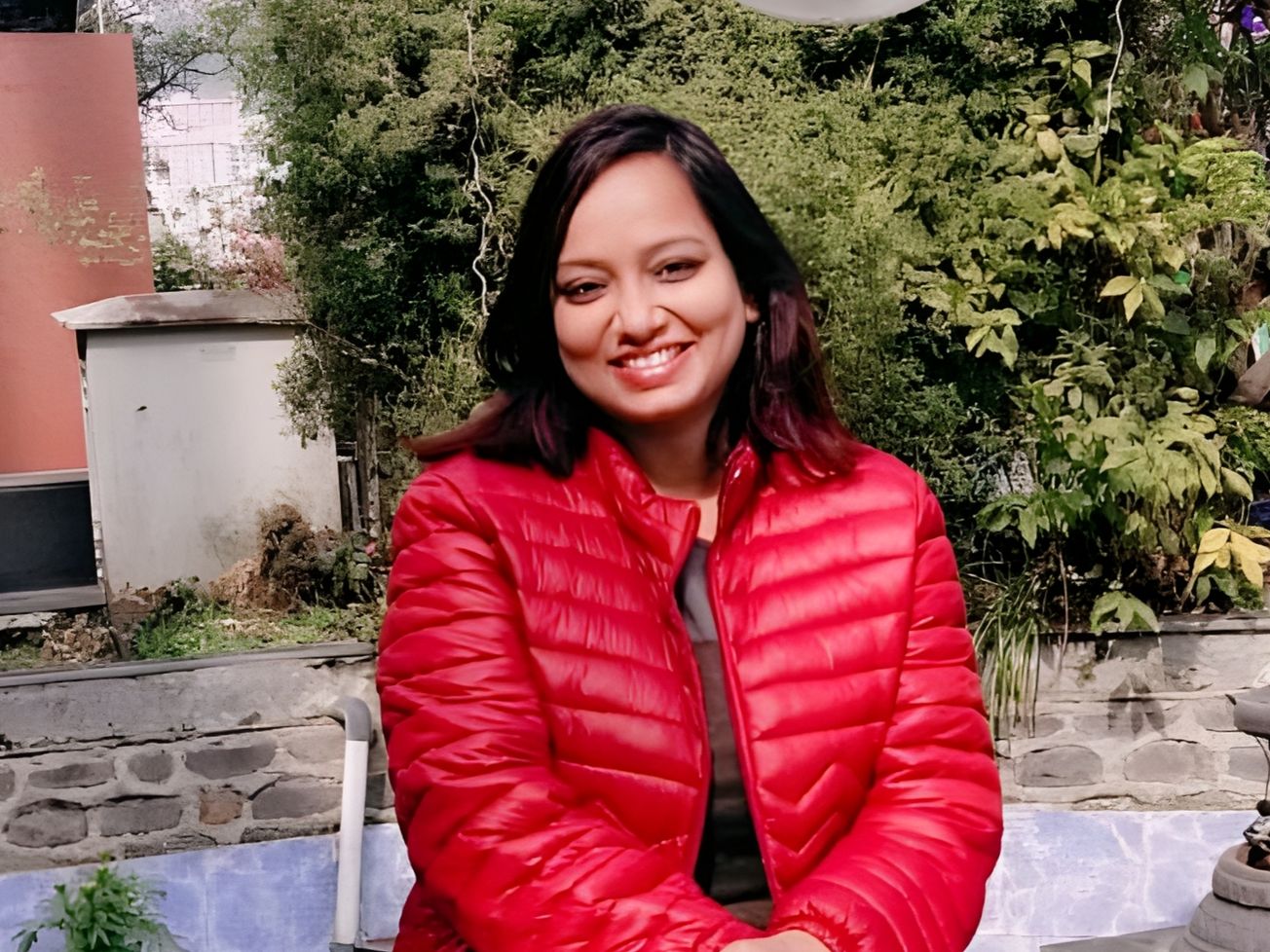Strengthening the bonds of friendship
The writer, Dr. Archana Arul, is an Associate Professor in Dept. of English at SRM University, Sikkim

When Prime Minister Narendra Modi travels to the United States on a state visit, one of the things that will be on his mind is on ways on strengthen the bilateral relationship but beyond the framework of politics, economics and defence cum strategic matters. People to People interactions have always contributed to the strengthening of bonds between nations—even among adversaries. But among friends and in the absence of contentious issues boiling over enhancing traditional points of contact in variably goes the distance.
And it is here there has been some “grief” in India on the issuance of visas to a country that is much sought after, not just for studying and tourism but in the parents and relatives wanting to travel for one reason or another. It is not a question of rejection rates for Indians are quite aware of the stipulations that would have to be met; it is that of an inordinate delay. To a very large extent this had to do with the Covid 19 pandemic that took a heavy toll on Americas and in the process considerably slowing down movement of diplomatic personnel.
Hopefully things are moving to a pace that will ease the burden, to the student and non-student communities. In the post Covid phase there is hope that global economies will pick up and one of the critical areas is that of tourism where every country that had spread the welcome mat to tourists are hoping—sometimes against hopes—of a return to the golden days. But looking beyond tourism, one area that has been a source of prominent attention has been that of international students, especially from India, and their impact on American economy with the two year Covid lull highlighting not just the plight of foreign students but also institutions dependent on international enrolment.
Statistics provided by the American International Recruitment Council (AIRC) point to an interesting dimension in international education: in 2020 it is pointed out that some 6.3 million foreign students together contributed some US$ 370 billion to the global economy. And the United States, one of the hugely popular centers of higher education has had its share of a beneficial relationship: in 2021-22 about one million international students contributed some US$ 34 billion to the American economy and in the process supporting more than 335,000 jobs. But AIRC maintains that the all time high was in 2018-19 when one million foreign students contributed US$ 40.5 billions and supporting more than 450,000 jobs.
With the Indian student community said to be in around 200 countries, the centers of preference continues to be the United States, United Kingdom Canada and Australia with other countries in the Asia Pacific eagerly casting their net as well. Lesser known destinations like Uzbekistan, Russia, Ukraine, the Philippines and Ireland are also being sought, principally in the field of medicine. Open Doors in a 2022 report said that almost 200,000 Indian students chose the United States for the academic year 2021-22. And it is estimated that nearly 21 per cent of the over a million foreign students studying in the United States are Indian students. And they are pumping some US$ 8 billions into the American economy.
Administrations in Washington cutting across party lines have recognized the value of having foreign students, if anything by seeing the fashion in which startups have come to be defined. The AIRC points out that if in 2018 there were 21 billion dollar U.S. startups with a founder coming first to America as an international student, this number jumped to 143 in 2022; and of the 583 companies valued at US$ One billion or more in 2022, 25 per cent were founded by an international student. It is pointed out that an average of 860 jobs in 2022 were created by a billion dollar start up that had an international student founder!
It is not without good reasons that the educational systems in India and the United States have started factoring in different and diverse models like exchange and twining programs to make the degrees more attractive from an employment perspective; and American institutions have slowly started looking at India for cooperative ventures and within permissible parameters. The Modi government fully understands that Immigration and Visas are highly sensitive issues that are the prerogative of the host countries with interventions only in the event of blatant discriminations. But looking at education with an open mind certainly goes the distance in forging better mutual understanding.
ADVERTISEMENT
ADVERTISEMENT
E Paper
Video

 Guest Writer
Guest Writer (1).jpg)


.jpg)

.jpg)
.jpg)
.jpg)
.jpg)
.jpg)


Comments
Start the conversation
Become a member of New India Abroad to start commenting.
Sign Up Now
Already have an account? Login